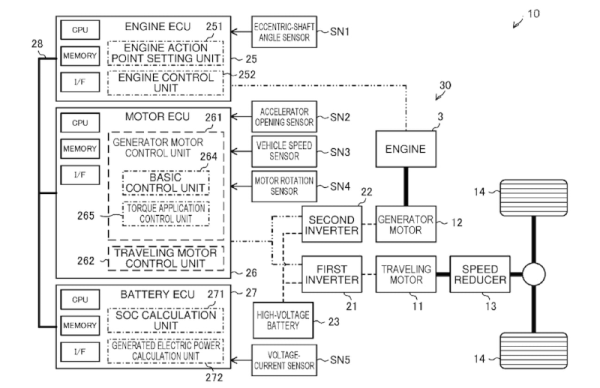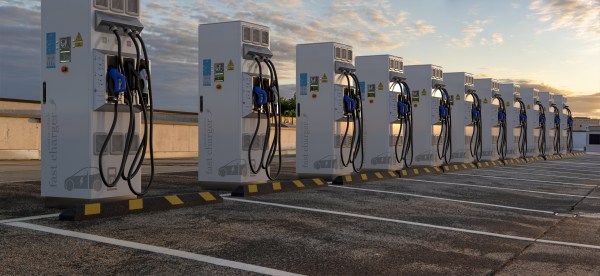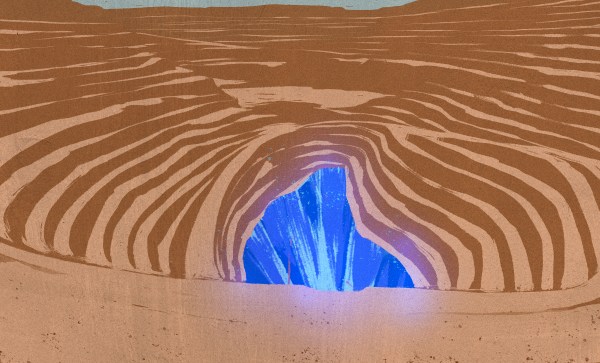OK, so a Wankel engine doesn’t really use a Dorito as its cylinders, but it sure looks like one. The company has announced it will offer a range extender rotary engine for the MX-30 electric “crossover” vehicle, but [CarBuzz] dug into the patent papers to find out that it has some interesting twists.
The MX-30 is an EV with a relatively small 35.5 kWh battery. Like a hybrid vehicle, the car includes a small internal combustion engine that can charge the battery. It does not, however, directly drive the wheels at any time. The Wankel has several improvements, including a secondary port that allows more air into the combustion chamber when the engine has to produce high power. But there’s a problem…
The secondary port is great when you are pushing hard, but at low speed, it produces inefficiency. To combat that, Mazda includes a valve to seal off the second port when it doesn’t make sense to open it. But that’s not the strange part. The strange part is that the engine also has its own electric assist motor that runs off the main battery. That’s right. The battery you are charging provides some energy to operate the electric assist motor to help the engine that is charging the battery. If that makes your head spin like the Wankel’s rotor, you aren’t alone.
The assist motor can assist or retard the output shaft during the intake stroke. This can optimize the intake to the combustion chamber. Of course, this will cause odd movement in the engine’s output, but since it doesn’t drive the car, who cares? The battery isn’t going to mind if the output isn’t smooth.
The Wankel shows up in a lot of odd places. We’ve seen Wankel air compressors. Despite detractors, there have been many improvements in the design over the years.

















